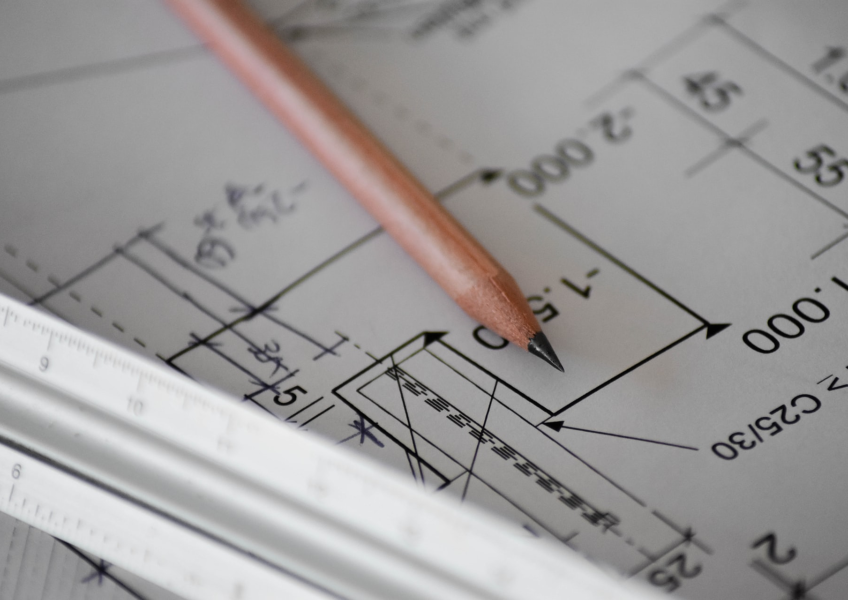3 Things That Fail a Home Inspection and How to Avoid Them As a Seller
After countless meetings with prospective home buyers, having them back down would be far from ideal. If this happens, you would have to start the process all over again – wasting time and energy that could have otherwise been avoided.
So, how can you avoid this? For starters, it’s important that you prep to pass the home inspection with flying colors. Home inspections are ordered by prospective buyers, and is the last chance they have to discover problems with the house before purchasing.
Home inspectors pay close attention to certain areas and factors – which we’ll be covering today. This blog covers 3 house-related things that frequently fail home inspections, and how to avoid them as a seller.
Rundown Roofing
Asphalt shingle roofs are the most common roof in the United States today, and will last 15 to 20 years. Home inspectors will take time to assess your roof, and a severely neglected roof could cost more than $10,000 to replace.
Solution: Replace brittle, curled, or broken shingles and flashing. Take time to recaulk areas where ventilation pipes penetrate the roof.
Faulty or Outdated Electrical System
Problems like reverse polarity, missing junction boxes, and frayed wiring will likely all appear on a home inspector’s report. Outdated electrical systems are classified as electrical systems that were built between 1965 and 1973. Electrical systems built during this time frame tend to have inferior aluminum wiring, which is something that will also appear on an inspection report.
Solution: Work with a licensed electrician to inspect your current electrical system. Have them fix and upgrade outlets and junction boxes, and test to see if the breaker box is working as intended.
Foundation Problems
Unfortunately, foundation problems are one of the most costly to fix and may exceed $10,000 in some cases. Still, it’s usually better to fix foundation problems and get a higher return once you sell the house in question. Home inspectors will note signs of foundational problems such as doors and windows that stick, slopping floors, and/or cracks in walls above doorways.
Solution: For minor foundational problems, you can either hire a professional or tackle the problem yourself. Use epoxy or silicone caulk to fill any visible cracks, and seal the exterior foundation with a waterproof coating. You can also adjust doors and windows so that they open and close without sticking. If you suspect more serious foundation problems, calling a professional is usually your best option.

